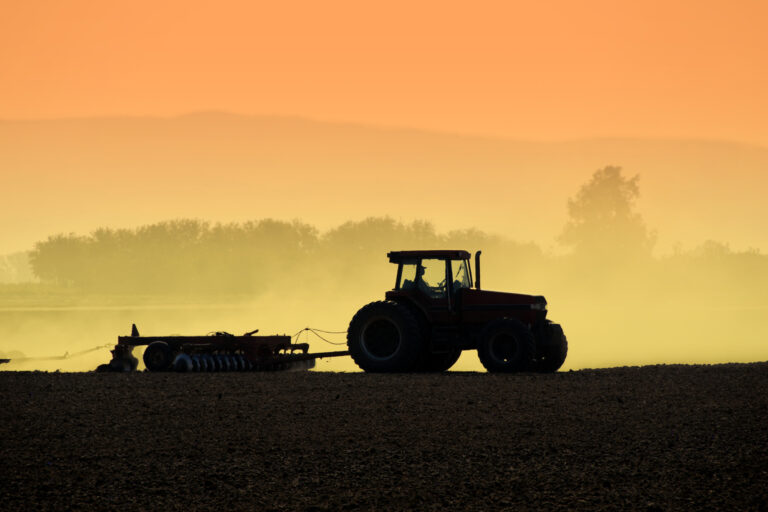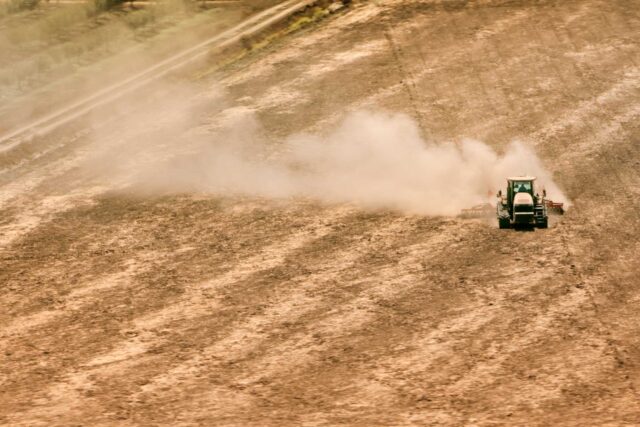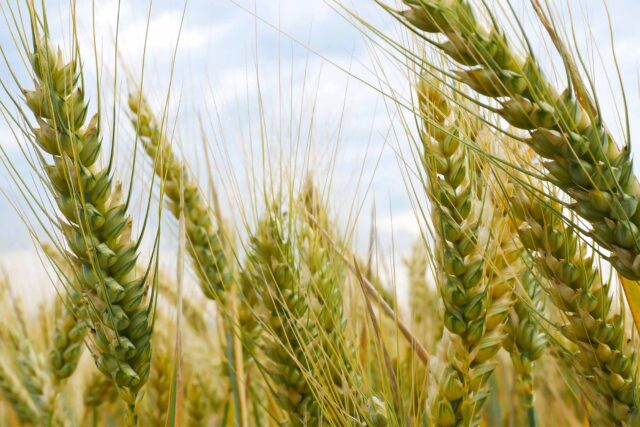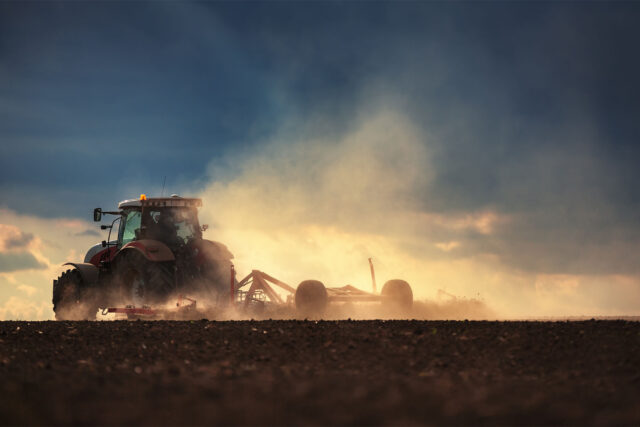In the San Joaquin Valley, concerns about airborne dust—and its health impacts—are growing. As farmers prepare to fallow more cropland to achieve groundwater sustainability under the Sustainable Groundwater Management Act and adapt to the valley’s warming, drying climate, two experts say people are right to be concerned. We asked Dr. John Balmes, Professor Emeritus at UCSF and UC Berkeley and Physician Member of the California Air Resources Board (since 2008), and Dr. Isabel Jones, postdoc at UC Berkeley, to tell us more about the dust and its health impacts for valley residents.
PPIC: Tell us about dust in the San Joaquin Valley.
John Balmes: The dust particles generated from fallowed land and other landscapes in the Central Valley—which is generally dry when not irrigated and often windy—is what’s called “coarse particulate matter.” It ranges from 10 microns in size (PM10), which is small and gets past the vocal chords into airways, down to particles 2.5 microns or smaller (PM2.5), so-called “fine particulate matter,” which is very small and makes it down into the deep lung. Some of the smallest particles will make it into the bloodstream.
What do we know about the public health impacts of this dust?
JB: The epidemiological evidence shows that coarse particulate matter (particles between 10 and 2.5 microns in size) can exacerbate asthma and chronic obstructive pulmonary disease (COPD), as well as increase risk of respiratory tract infections.
What is Valley fever, how prevalent is it, and is that prevalence changing?
Isabel Jones: Valley fever, which is clinically known as coccidioidomycosis, derives from the Coccidioides fungus, which grows in soil in arid regions across the southwestern US. People and animals can get sick when they breathe in dust that carries the fungal spores. Most people who breathe in spores don’t get sick, but it can lead to pneumonia-like symptoms and—rarely—disseminated disease and death. The incidence of Valley fever has increased substantially in the last two decades, from less than three cases per 100,000 people in 2000 to nearly 19 cases per 100,000 people in 2018, which represents an over eight-fold increase.
Who is impacted by these pollutants? Does it vary with occupation or location in the valley?
IJ: Anyone who’s exposed to soil and dust in areas where Coccidioides grows can be infected and develop Valley fever. Agricultural and construction workers are at particularly high risk. There have also been breakouts on solar farms because the work involves exposure to ambient dust and work-related soil disturbance.
Valley fever varies geographically, with the highest case rates in the southern San Joaquin Valley. But the highest increase in cases has occurred in the northern San Joaquin Valley and the Central Coast. Why case rates are increasing more in certain areas—and why the range may be expanding—is under investigation, but the causes are likely related to changing precipitation and temperature patterns in our changing climate, along with other social and environmental factors.
JB: Outdoor workers, agricultural workers, and construction workers are exposed to dust more than those who work indoors. There are also Valley fever outbreaks in prisons—which is due in part to building prisons in dusty locations, with corrections officers and the incarcerated often exposed outdoors. Those spending time outdoors also more exposed to wildfire smoke, which is becoming an increasingly serious issue.
What would help us better understand and reduce risks?
JB: We need better measurements. Most ambient monitoring sites measure PM2.5, but not PM10, and more PM monitoring is done in more urban areas where more people live. There are currently 18 PM10 monitoring sites in the San Joaquin Valley. If more PM10 monitoring stations were installed, we could do better health effects studies regarding exposure to dust particles. But we know enough already about the health effects of dust particles to be concerned about the amount of dust from fallowed land, and we need strategies to reduce the potential dust burden of this fallowing.
IJ: Dust exposure was identified as a mode of transmission for Coccidioides in the 1930s. The pathogen itself is hard to detect in nature: it grows sporadically, and the effort and logistics involved in environmental surveillance are huge. We don’t know important details about the fungus’s ecology and biology, like where it grows, how widespread it is, and how agricultural activities like fallowing impact spore dispersion. So expanding environmental surveillance is important to better understand and reduce risk.
Final thoughts?
JB: It’s clear that climate change is driving cycles of more intense drought followed by intense precipitation, which appears to increase Coccidioides production. I’m pleased to see interdisciplinary discussions about how to deal with this dust problem, which is already with us. I’m hopeful because people are trying to do something about it.
IJ: For Valley fever, there’s some amazing technology on the horizon for monitoring dust, which could really help us understand where and when people are at highest risk for Coccidioides spore exposure. The best prevention is dust suppression and dust avoidance in areas where Coccidioides appears. Policy levers that help with dust suppression really are key.





